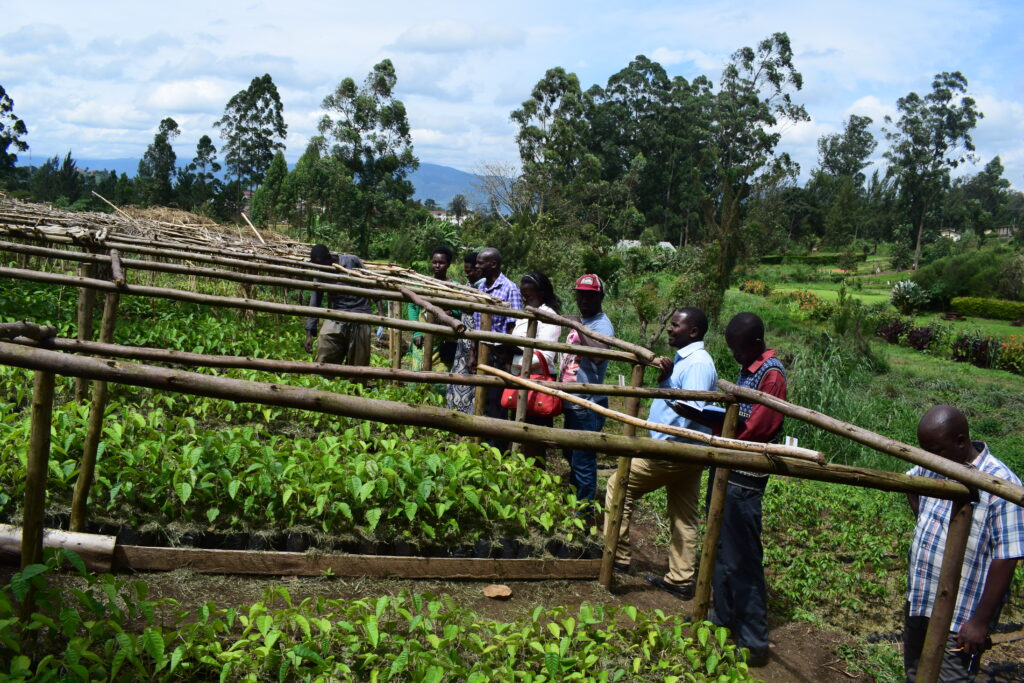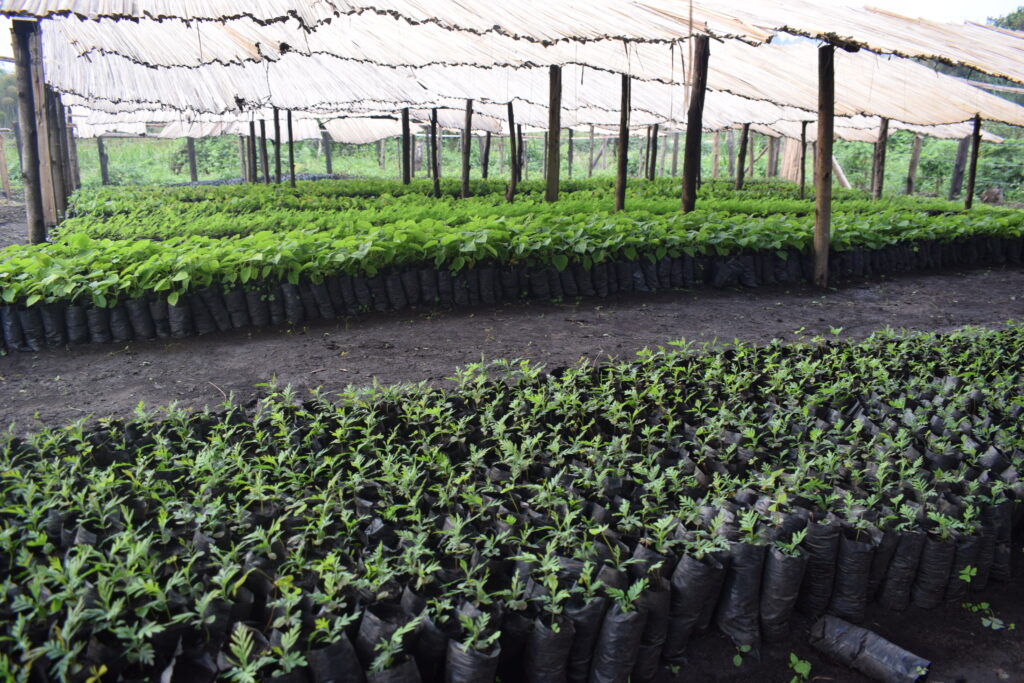
BY DORCUS MURUNGI
The interconnectedness of environmental, social and economic systems has made environmental conservation a global concern.
Uganda, just like the rest of the world, has embraced the campaign of environmental conservation through a number of policies that are majorly aimed at protecting and conserving the natural resources, ecosystems and biodiversity.
Most of these policies are aimed at maintaining the health and integrity of the environment, ensuring the sustainability of the ecosystems and minimizing human impact on the natural world.
In as much as a section of Ugandans are slowly embracing the aspect of tree planting, a majority of Ugandans prefer planting exotic breeds to indigenous species. In a study conducted by Stephen Graham and Hanna Julia on addressing interconnected social and environmental issues in Mt.Elgon, the respondents reported planting a total of 21,950 trees of which 90% were exotic species compared with 6.4% indigenous trees. Eucalyptus SPP alone accounted for 75% of the total number of trees planted. The practice of Ugandans preferring exotic tree breeds to indigenous breeds is not only in Mt. Elgon but in most parts of Uganda.
However, in our quest for environmental conservation, I urge Ugandans to embrace the planting of indigenous tree species. Today, I discuss some of the reasons why planting indigenous tree species is a better option in environmental conservation for all Ugandans.

Water Conservation: Indigenous trees play a crucial role in water conservation by regulating the water cycle. Their canopy intercepts rainfall, reducing the impact of heavy precipitation and preventing flooding. Additionally, their roots help to recharge groundwater aquifers.
Resilience to Climate Change: Indigenous tree species are often better adapted to local climatic conditions, making them more resilient to the impacts of climate change such as droughts, heatwaves, and pests.
Biodiversity Preservation; Indigenous trees are adapted to local environmental conditions and support native flora and fauna, promoting biodiversity. They provide habitats and food sources for various species, including insects, birds, and mammals.
Low Maintenance: Once established, indigenous trees generally require less maintenance compared to non-native species. They are better suited to local soil and climate conditions, reducing the need for irrigation, fertilizers, and pesticides.
Cultural Significance: Indigenous trees often hold cultural and traditional significance for local communities. Planting and preserving these species can help maintain cultural heritage and strengthen community ties to the land.
Ecosystem Services: Indigenous trees contribute to ecosystem services such as carbon sequestration, soil stabilization, and water regulation. They help mitigate climate change by absorbing carbon dioxide from the atmosphere and releasing oxygen.
Erosion Control: The deep root systems of indigenous trees help prevent soil erosion by anchoring the soil and reducing runoff. This protects against land degradation and maintains the fertility of the soil.
Aesthetic and Recreational Value: Indigenous trees enhance the aesthetic beauty of landscapes and provide recreational opportunities such as nature walks, birdwatching, and eco-tourism.
Overall, let it be a duty of every Ugandan to protect and conserve the environment through planting indigenous tree species. Let us not only stop at reading about environmental protection but take it upon our selves to plant a tree whenever there is a chance.
